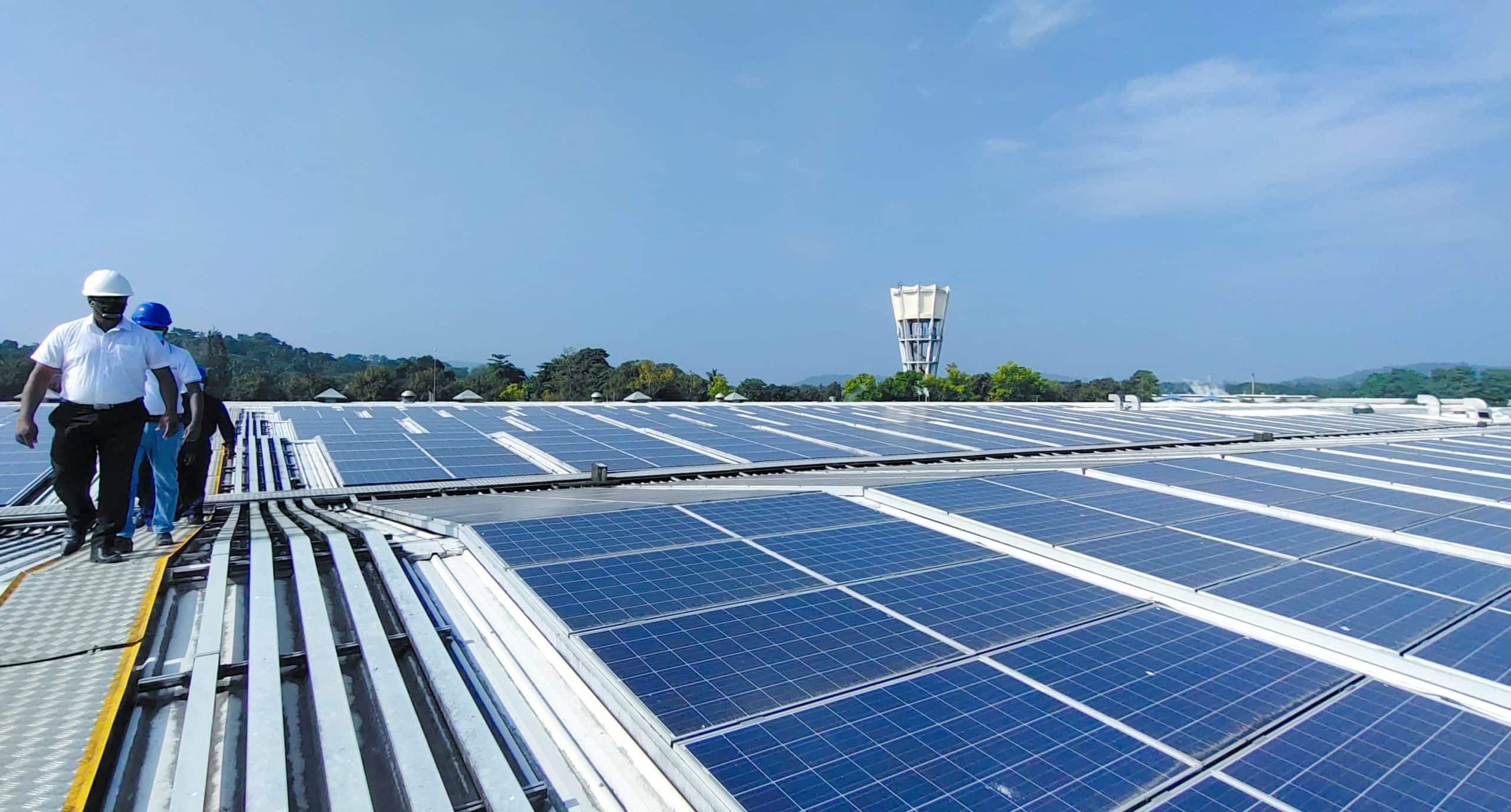
Science-Based Targets (SBTi) for Sustainable Apparel Manufacturing
17 May 2024
Science-Based Targets (SBTi) for Sustainable Apparel Manufacturing
With the increased focus on climate based risk within the apparel industry, setting science-based targets has gained momentum among the value chain. It's now a must-have for customers and increasingly, for downstream buyers as well. Having started out on this journey four years ago, now seems the right time for us to share our strategy and process for setting science-based targets (SBTs) which we hope would benefit our peers in the industry who are committed to sustainable apparel manufacturing and who aspire to set and consistently achieve meaningful sustainability targets.
Why set targets at all?
Initially, the idea of setting targets came about when we were assessing the latest and most critical industry needs, during our 2019 strategy review. The Science Based Targets initiative (SBTi), originating in 2015 and initially embraced by apparel brands prior to manufacturers, piqued our interest. The alignment to a scientifically defined process to reduce carbon emissions in line with the Paris Agreement goals carved out a new path for the industry and MAS was keen to adapt, and to guide the industry in this new direction.
Amidst the disruptions caused by the pandemic, our customers, some of whom had already established targets of their own, showed interest in our effort. We were lucky to have meaningful conversations with them, getting good insights and advice on areas such as emissions reduction.
What is challenging?
Achieving science-based targets is certainly no easy feat, especially not for companies operating in an industry that is notorious for pollution and waste. A new set of targets means adding to our plate a fresh set of challenges. Taking a position of "absolute reductions" has its own challenges and risks.
Firstly, while your organisation may have engaged in significant efforts to reduce carbon emissions over the years, any efforts made before the baseline are not considered in your accomplishments. Offsetting through the purchase of carbon credits and the inclusion of avoided emissions are not valid within the SBTi calculations. During the early days of our efforts, we were still in the process of establishing the appropriate strategies and calculation methods for scope 3 reductions, while also including biogenic emissions.
As with any such methodology, the process of navigating the science-based targets journey is also challenging. Even with the relevant guidance documentation, time and technical knowledge are required to navigate the intricate, sector-specific instructions.
How did we go about it?
At MAS, one of our key strengths lies in the support from our leadership to do what's right. Top-down commitment is vital for this level of planning. We also looked at some of the challenges from a different perspective. We chose not to rely on carbon credits for offsetting, urging our strategic business units to invest in their own operations and value chains.
By deferring reduction initiatives prior to the base year, we made a fresh start and sparked fresh thinking for MAS. We also thought of including biogenic emissions which would enable us to eliminate the risk of not having climate impact neutral biomass.
Adopting a supply engagement target for scope 3 is a tough ask for a Tier-1 manufacturer. Tier-2 fabric sourcing is scattered over many facilities and Tier-1 suppliers do not have much influence over them. At the time we committed we also had zero visibility on their approach. However, we saw a positive response from our supply chain with over 40% setting their own target by the end of 2023. We hope this cascading effect continues among supply chains which enables collective action; an area that warrants a conversation of its own. But for now, we expect this trend to continue.
Final thoughts
Three years later, surpassing 16.8% in reduction of emissions feels like a remarkable achievement. The SBTi version guide 4 suggests an annual 4.2% reduction, though it's not mandatory. At MAS, each business unit has dedicated considerable effort to these targets amidst the growth opportunities we've encountered. Sustainable apparel manufacturing is a commitment that must be made at all levels.
We'd like to inspire our industry peers to join us in this effort, to strive for reduction because individual efforts alone would not create the same strong and noticeable impact that a group effort would. We hope this sets the stage for the difference we need to make on this journey together, learning from each other.





